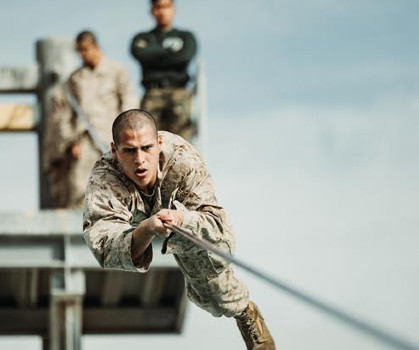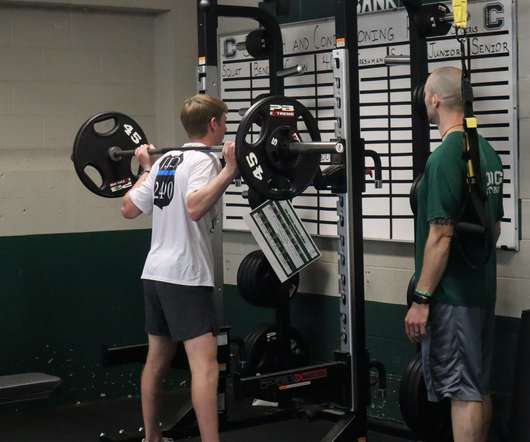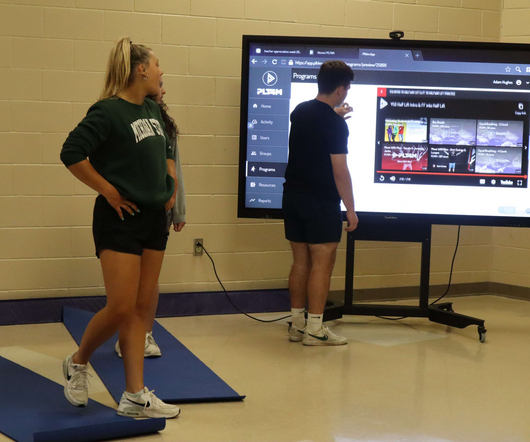What Resiliency Means as a Marine
SHAPE America
NOVEMBER 12, 2024
This shared struggle not only builds physical toughness but also reinforces the mental and emotional endurance necessary to face real-world challenges with confidence and strength. Be sure to take things one step at a time and focus on small, achievable goals rather than trying to tackle everything at once.































Let's personalize your content